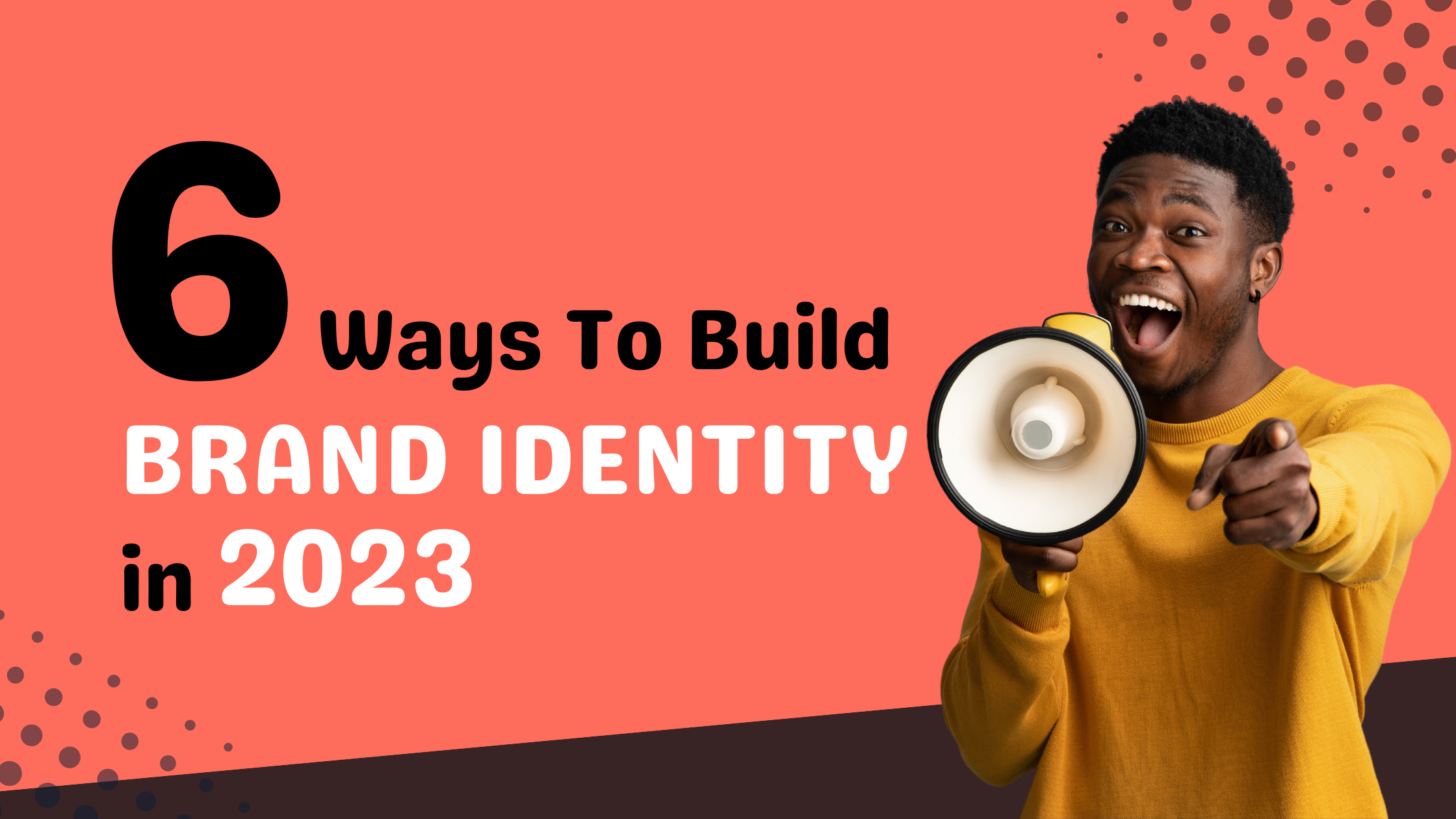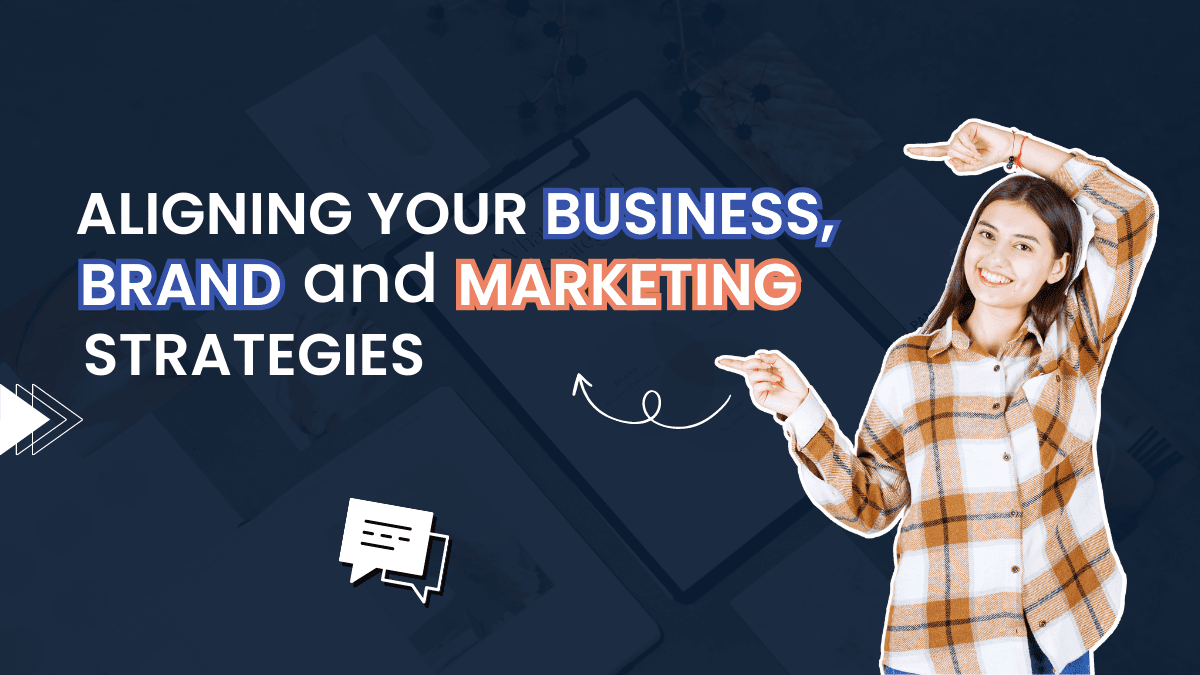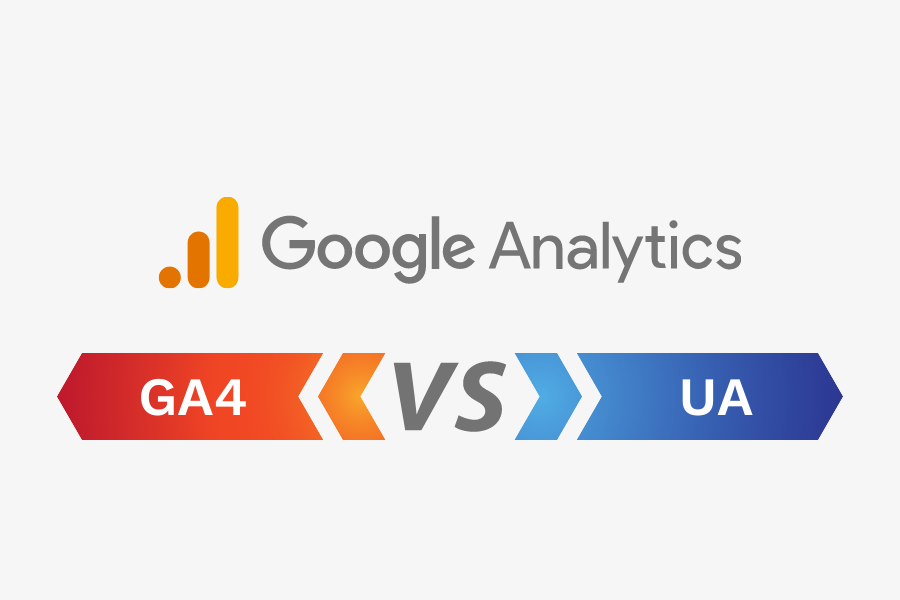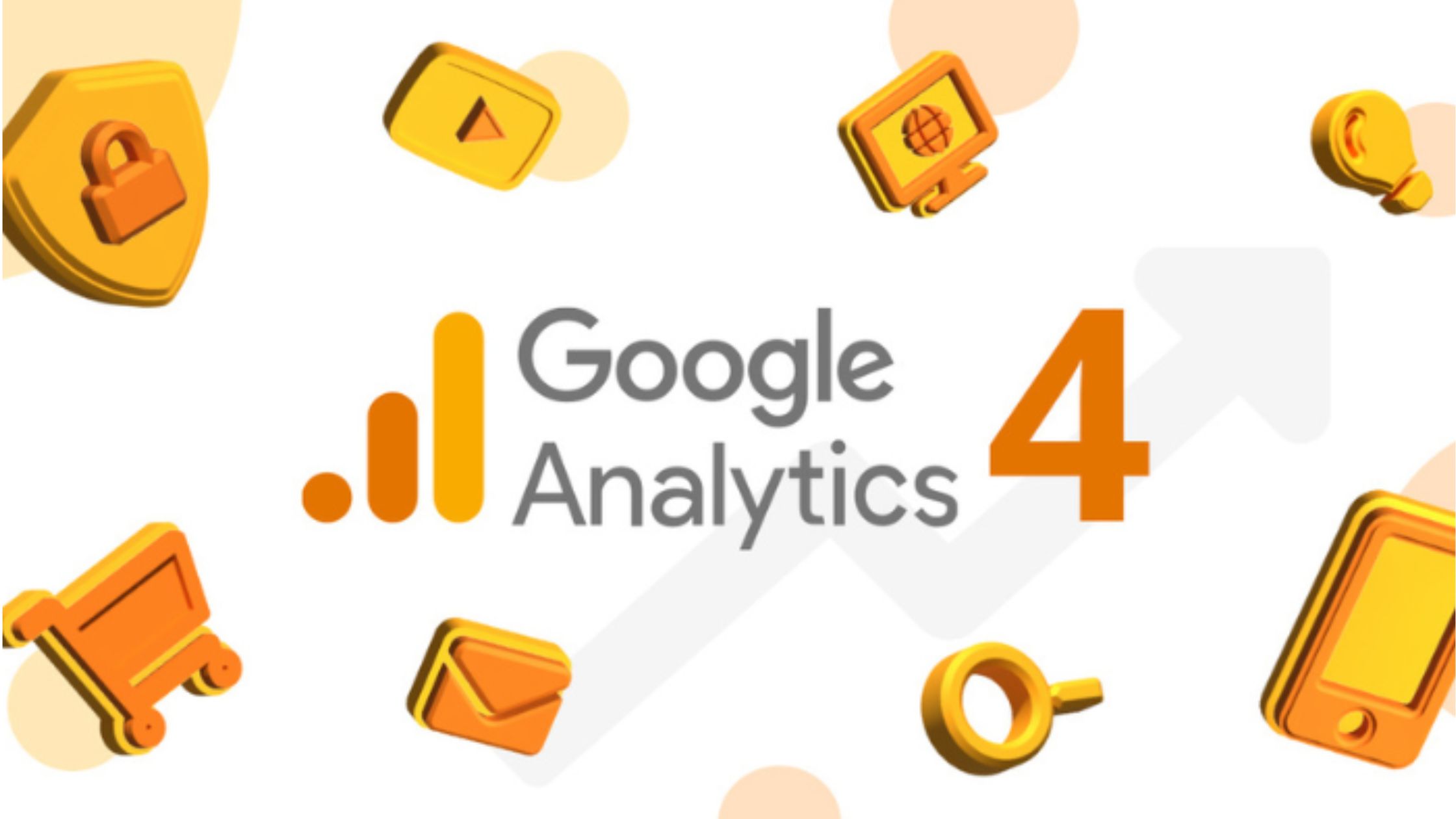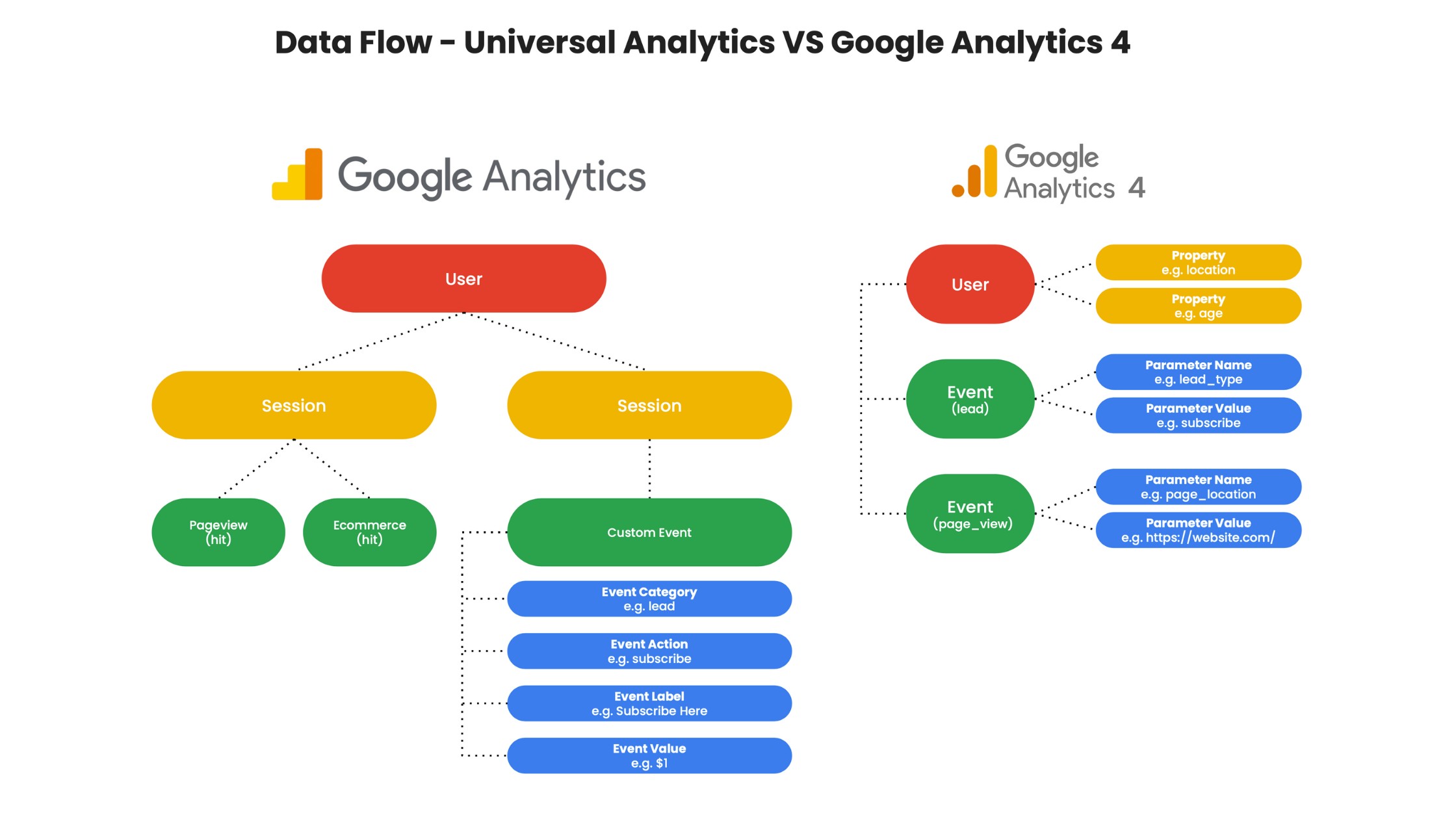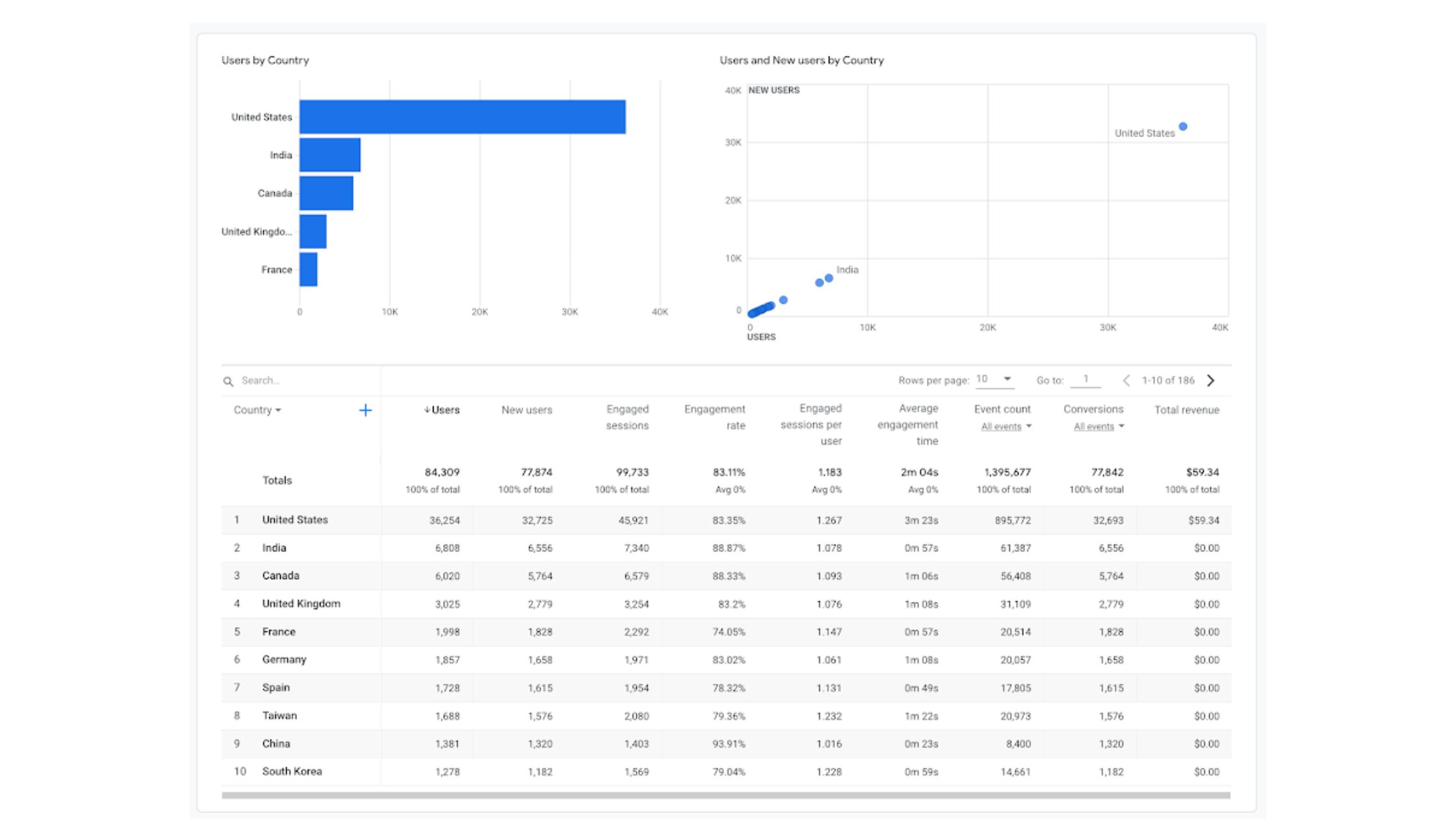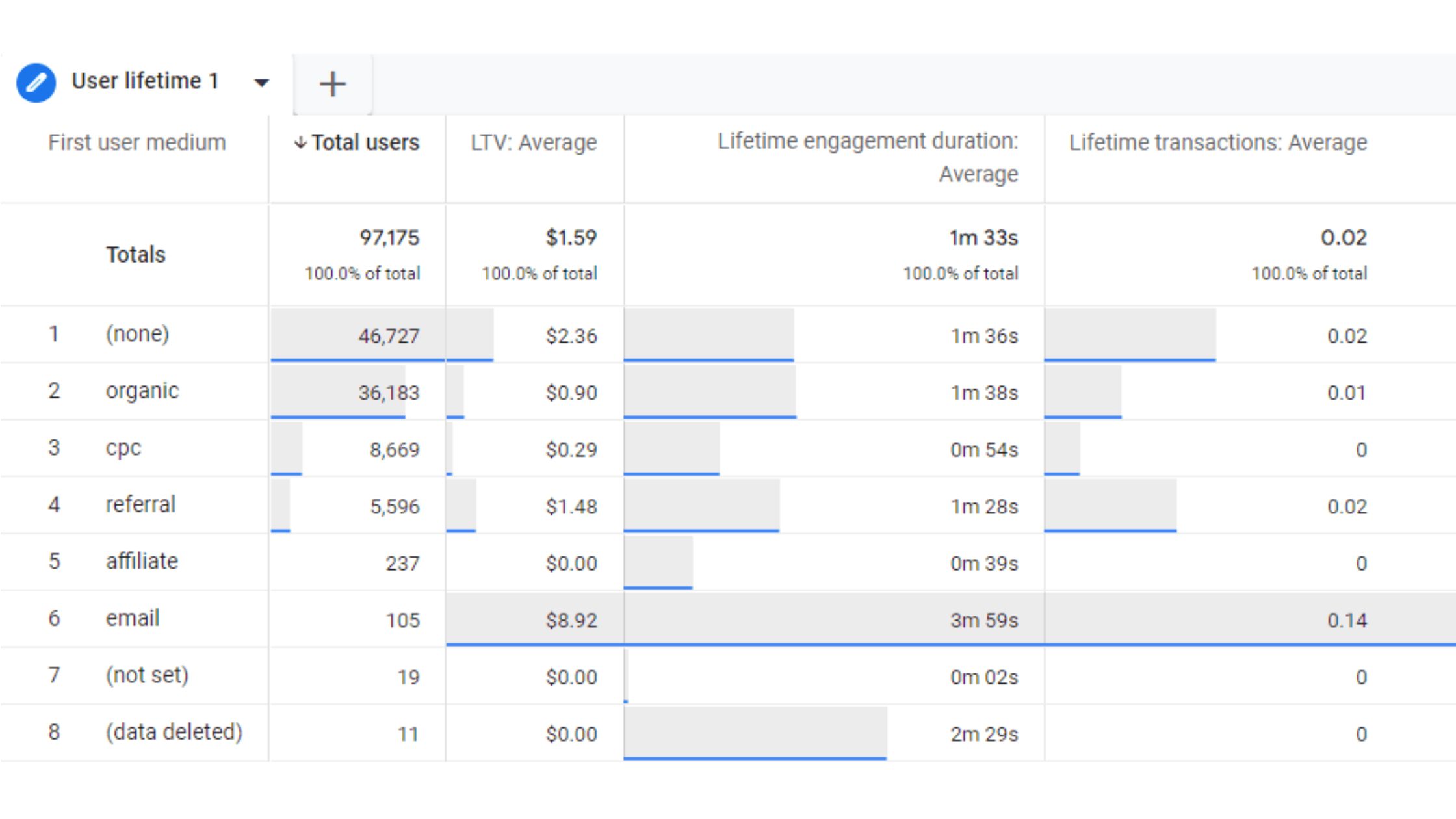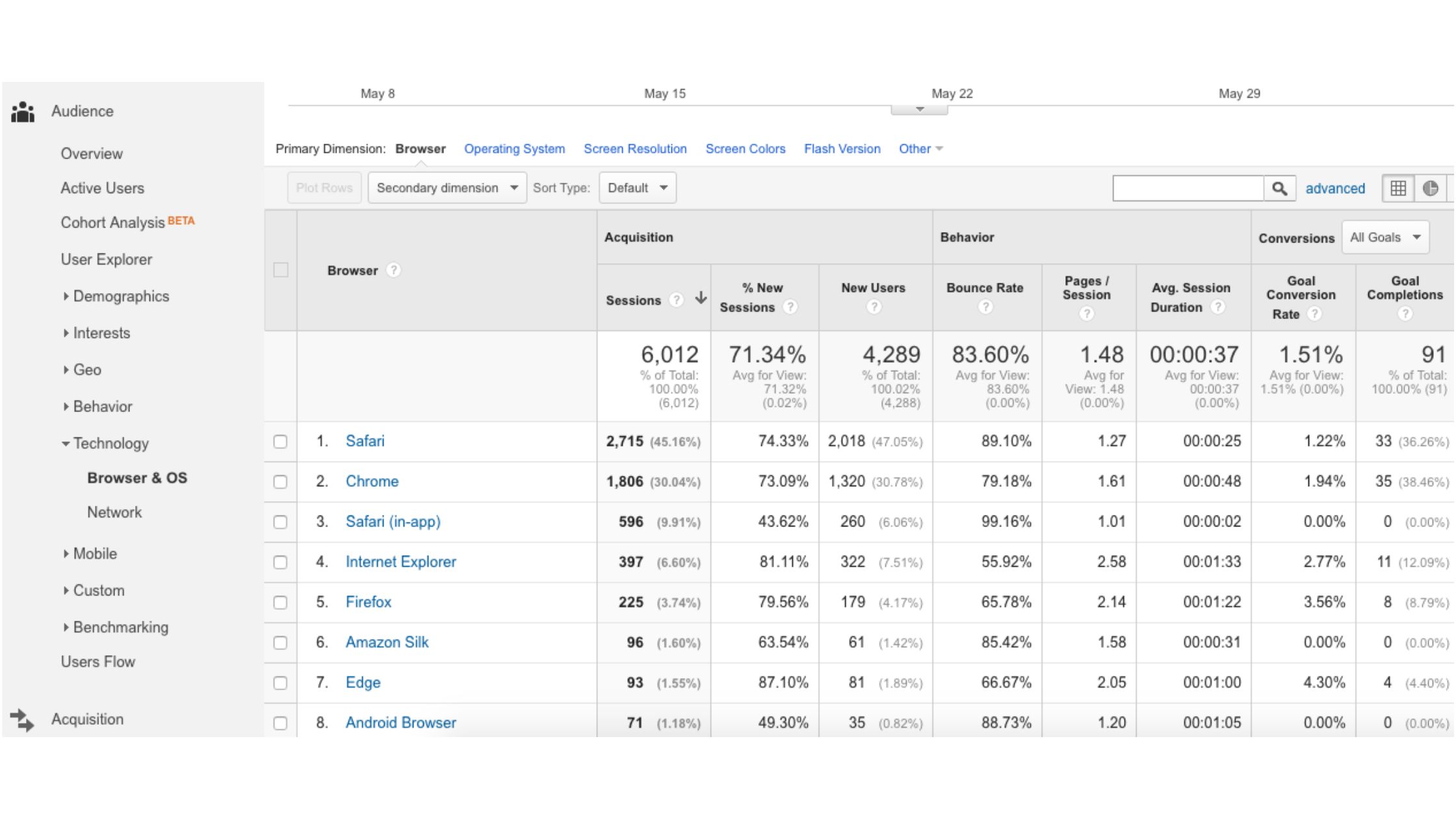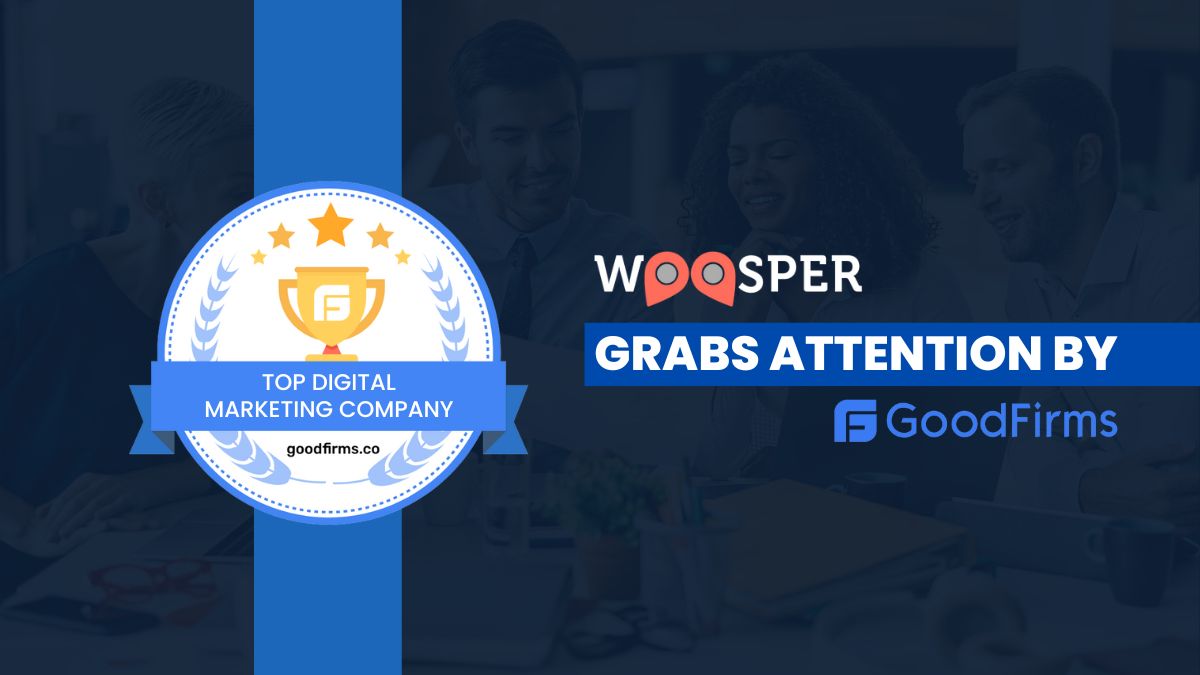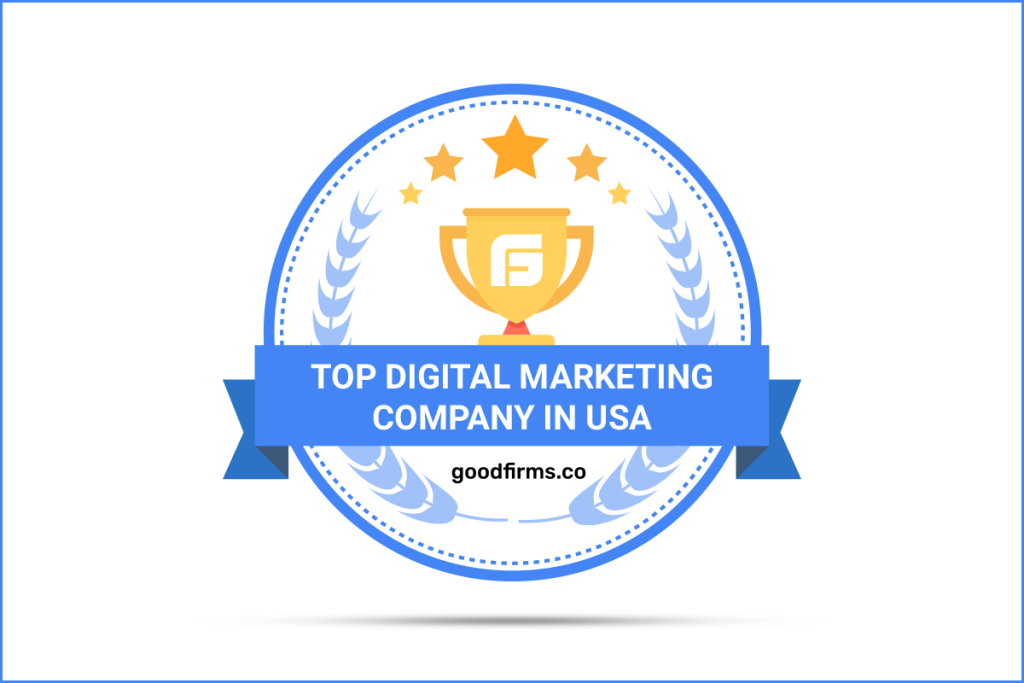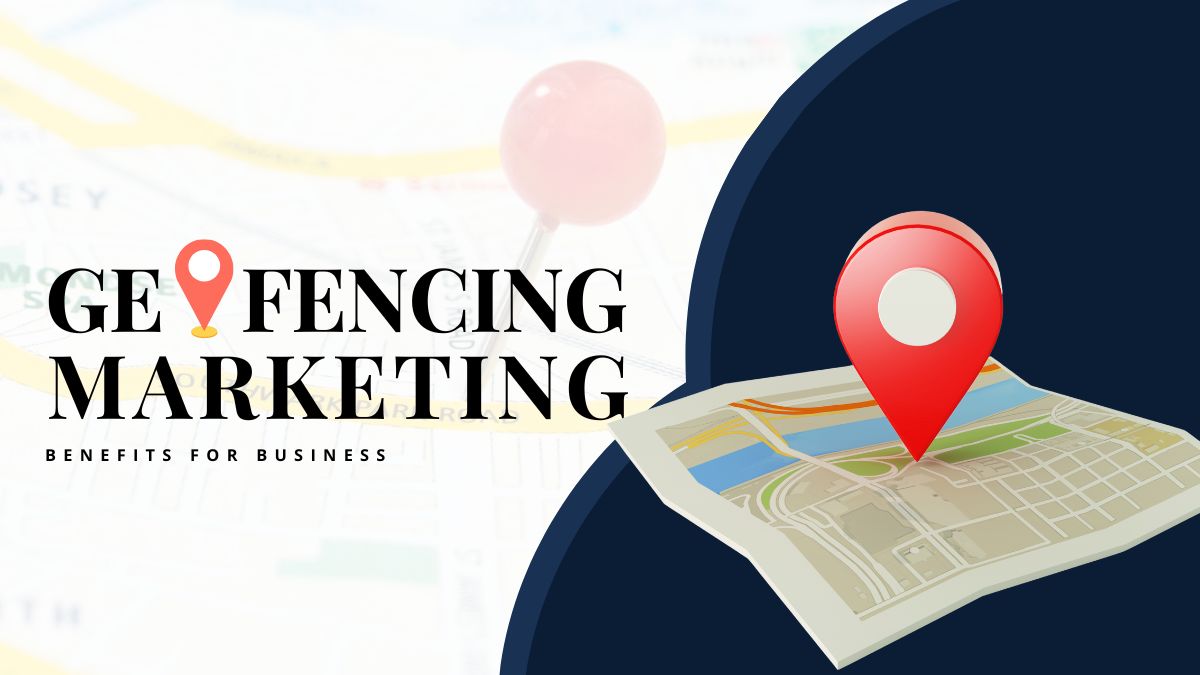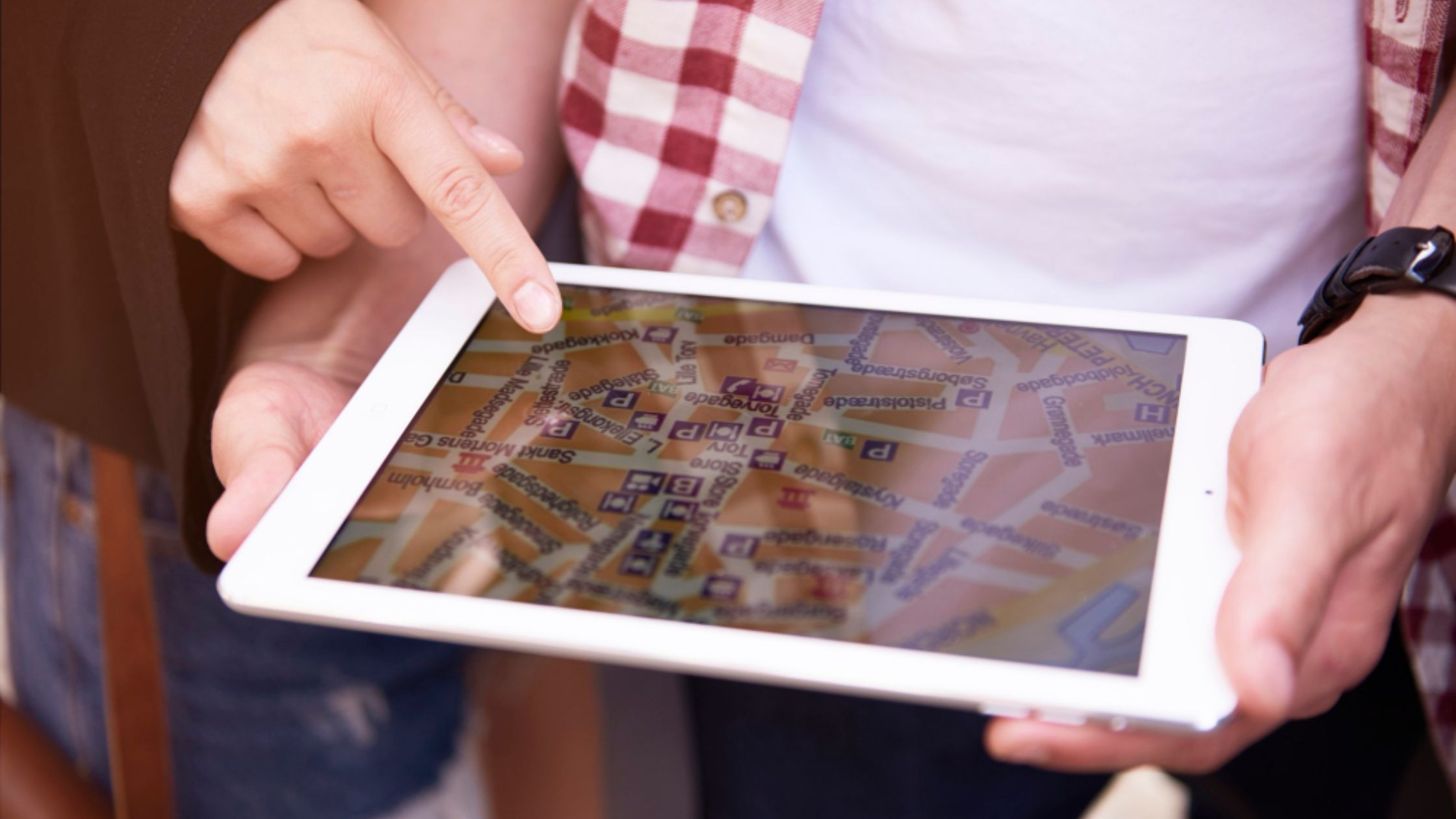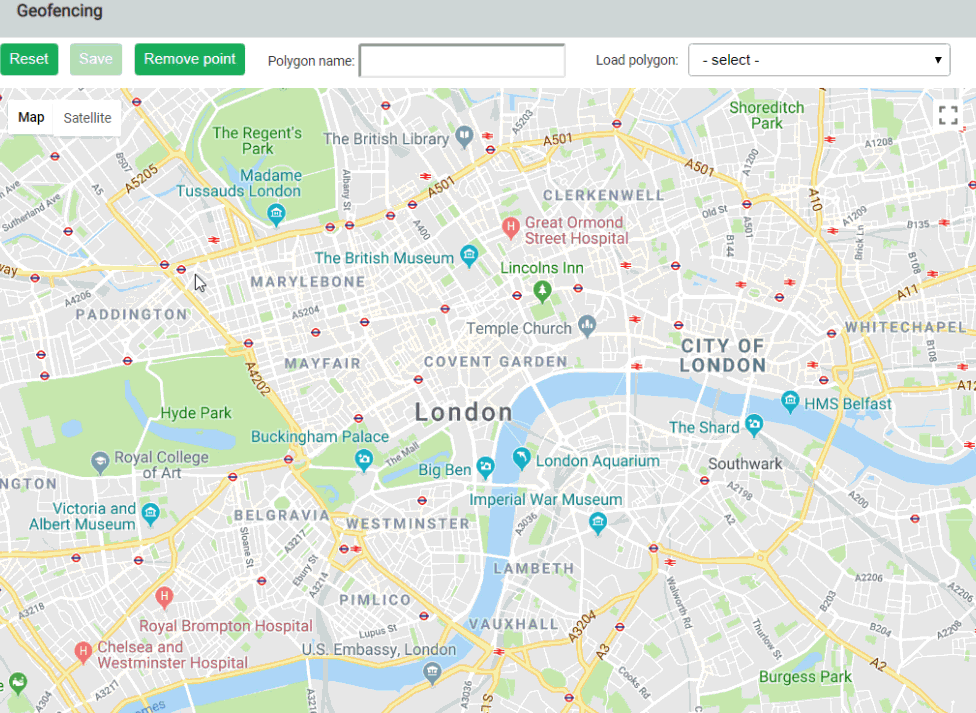6 Steps To Building A Memorable Brand Identity In 2023 And Beyond – Statista
In today’s highly competitive and ever-evolving business landscape, creating a strong and lasting brand impression is essential for long-term success. A powerful brand identity goes beyond just having a logo; it represents the essence of your business, evokes emotions, and creates a lasting connection with your target audience.
However, developing a brand identity requires more than just a captivating logo, especially when you have a lot to showcase and define the entirety of your brand. In fact, defining any branding solutions with rich customer interactions involves everything from the physical store experience to the website experience, navigation, conversions, and more.
With every business trying to fetch a dynamic online identity, creating a unique and dominating impression require businesses to showcase some differentiation compared to all the existing digital entities as well as any newbies landing into the digital arena.
As we step into 2023 and beyond, businesses must adapt their branding strategies to stand out in a crowded market. In this blog, we will explore six essential steps to help you build a memorable brand identity that will resonate with customers for years to come.
Building A Memorable Brand Identity: A 6-Step Guide
A memorable brand identity is crucial for businesses to stay unique in a competitive market. A strong brand identity can evoke emotions, build trust, and foster loyalty. Here are six essential steps that every digital marketing services provider tends to work to create a memorable brand identity:

1. Define Your Brand Strategy
Before you start building a brand identity, make sure you spend some good time thinking and defining your brand strategy. From developing an understanding of the target audience to considering your brand values and mission, find out everything that becomes your unique selling proposition (USP). Also, you must focus on conducting effective market research to locate and analyze your competitors in order to determine what sets you apart. Remember, the initial efforts work as the foundation to guide all your branding efforts. Work wisely!
2. Craft a Compelling Brand Story
Once you are done working on the initial steps, you can shift your focus to creating a compelling brand story through content and video marketing that can connect with your audience on a deeper level. It usually needs you to define the narrative that reflects your brand’s history, values, and purpose. Besides, you can share stories that resonate emotionally and create a personal connection with your customers. After all, a powerful brand story helps customers relate to your brand and builds a sense of authenticity.
3. Design an Iconic Brand Logo
Though marketing and branding are not everything about the logo but a logo with a relevant design defines your identity. Therefore, you must aim to craft a simple yet memorable logo that aligns with your brand values and message. It is important to choose colors, fonts, and shapes that convey the right emotions and reflect your brand’s personality. Moreover, designers and branding experts must consider that the logo is scalable and adaptable to various platforms and sizes.
4. Develop Consistent Branding Elements
When aiming to establish a one-of-a-kind digital brand experience, consider working on minute details of the branding elements, such as color palette, typography, imagery, and design styles. These elements must be used wisely across all marketing materials, websites, social media, and packaging. When you have color, font, and imagery consistency across all digital platforms, it becomes easy for online users to recognize and remember your brand.
5. Create Engaging Brand Collateral
The next big step you need to take in terms to produce high-quality brand collateral that complements your brand identity. This includes business cards, letterheads, brochures, social media graphics, and packaging. Maintain visual and messaging consistency across all these materials while keeping a check on top marketing trends. After all, engaging brand collateral helps reinforce your brand’s image and leaves a positive and lasting impression on customers.
6. Foster Brand Engagement and Feedback
Last but not least, encourage brand engagement through different platforms like social media, emails, and customer feedback platforms. The process involves active interaction with your audience and immediate resolution to their queries with a constant check on their feedback. Besides, it is vital to address both positive and negative feedback graciously, as it shows your brand’s commitment to improvement. Overall, positive engagements build brand loyalty and therefore help to create a memorable brand impression.
All in all, building a memorable brand identity requires a brand marketing agency to foster careful planning, consistent execution, and meaningful interactions with the right audience. By defining a relevant brand strategy, a compelling brand story, maintaining consistency, and creating engaging brand collateral, you can develop a strong and memorable brand that leaves a lasting impression on your customers.

But, Why Is It Important To Create A Solid Online Brand Impression?
Creating a solid online brand impression is crucial for businesses in today’s digital age. As the internet continues to play an increasingly significant role in consumers’ lives, establishing a strong and successful brand launch has become a fundamental aspect of successful marketing and business growth. Here are the reasons why it is essential to create a solid online brand impression:
1. First Impression Matters: Online interactions often form the first point of contact between a potential customer and a brand. As it is said, “You never get a second chance to make a first impression.” A well-crafted online brand impression can capture users’ attention and intrigue, compelling them to explore further and potentially convert into loyal customers.
2. Builds Trust and Credibility: A solid online brand impression instills trust and credibility in the minds of consumers. A consistent brand presence across various online platforms conveys reliability, competence, and authenticity. Online users are likely to select a brand that portrays trust, and a strong online brand impression helps build that trust.
3. Differentiates from Competitors: In today’s crowded digital marketplace, businesses face fierce competition. A well-defined online brand impression helps a company stand out from its competitors. By showcasing a unique value proposition and highlighting what sets the brand apart, it becomes easier for consumers to recognize and choose a particular brand over others.
4. Supports Brand Awareness and Recall: Building a consistent online brand impression fosters brand awareness and recall. When potential customers encounter a brand across multiple online touchpoints – website, social media, email marketing, etc. – they become more familiar with it. Increased exposure enhances brand recall, ensuring that the brand remains top-of-mind when customers are ready to make a purchase.
5. Positive User Experience (UX): A solid online brand impression contributes to a positive user experience. A well-designed website, intuitive navigation, engaging content, and visually appealing branding elements create a seamless and enjoyable user experience. Positive UX encourages visitors to spend more time on the website, explore products or services, and ultimately convert into customers.
6. Encouraging Customer Loyalty: Brands that leave a positive online impression are more likely to build a base of loyal customers. When customers have a satisfying experience with a brand, they are more inclined to return for future purchases and recommend the brand to others. Loyal customers become brand advocates, helping to drive word-of-mouth marketing and expand the brand’s reach.
7. Enhanced Digital Marketing Efforts: A strong online brand impression complements digital marketing efforts. Whether it’s search engine optimization (SEO), social media marketing, email campaigns, or paid advertising, a consistent and compelling brand identity creates a seamless and unified marketing approach. This synergy reinforces the brand’s messaging and increases the effectiveness of marketing campaigns to make a business thrive.
8. Adapts to Changing Consumer Behavior: As consumer behavior evolves with advancements in technology, a solid online brand impression allows businesses to adapt and cater to changing preferences. Brands that establish themselves as tech-savvy and customer-centric are better equipped to stay relevant and meet customers where they are – online.
Thus, creating a solid online brand impression is paramount. It not only attracts and engages customers but also builds trust, differentiates a brand from competitors, fosters loyalty, and enhances overall marketing efforts. By investing in a compelling online brand presence, businesses can progress on a long-term vision and fetch growth in the digital age.
Planning Your Brand Strategy with Woosper

With a team of seasoned professionals, Woosper offers a comprehensive approach to crafting a successful brand strategy tailored to your business needs. Through in-depth market research and analysis, Woosper helps you align your business, brand, and marketing strategies to reach your target audience. Besides, we keep a constant focus on analyzing your competitors and the latest industry trends, enabling you to identify your unique selling points. Our creative team designs iconic logos and develops consistent branding elements that reflect your brand’s personality.
With Woosper’s engaging brand collateral, you can effectively communicate your brand story across various platforms. Partnering with Woosper empowers you to foster brand engagement, gather valuable feedback, and build lasting customer relationships. Embrace Woosper’s expertise to create a brand strategy that drives growth, recognition, and loyalty in the market.
Plan your brand strategy with Woosper to harness the expertise of a top Branding Agency that excels in creating impactful and memorable brand identities.
For queries or service-related details, feel free to reach our team.


